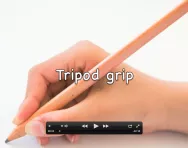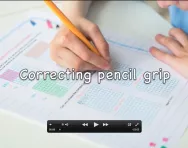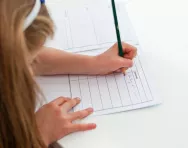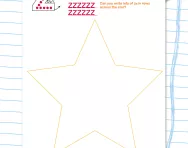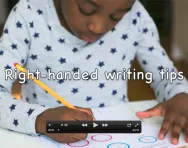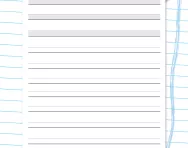Important update from TheSchoolRun
For the past 13 years, TheSchoolRun has been run by a small team of mums working from home, dedicated to providing quality educational resources to primary school parents. Unfortunately, rising supplier costs and falling revenue have made it impossible for us to continue operating, and we’ve had to make the difficult decision to close. The good news: We’ve arranged for another educational provider to take over many of our resources. These will be hosted on a new portal, where the content will be updated and expanded to support your child’s learning.
What this means for subscribers:
- Your subscription is still active, and for now, you can keep using the website as normal — just log in with your usual details to access all our articles and resources*.
- In a few months, all resources will move to the new portal. You’ll continue to have access there until your subscription ends. We’ll send you full details nearer the time.
- As a thank you for your support, we’ll also be sending you 16 primary school eBooks (worth £108.84) to download and keep.
A few changes to be aware of:
- The Learning Journey weekly email has ended, but your child’s plan will still be updated on your dashboard each Monday. Just log in to see the recommended worksheets.
- The 11+ weekly emails have now ended. We sent you all the remaining emails in the series at the end of March — please check your inbox (and spam folder) if you haven’t seen them. You can also follow the full programme here: 11+ Learning Journey.
If you have any questions, please contact us at [email protected]. Thank you for being part of our journey it’s been a privilege to support your family’s learning.
*If you need to reset your password, it will still work as usual. Please check your spam folder if the reset email doesn’t appear in your inbox.
Video: The dynamic tripod grasp explained
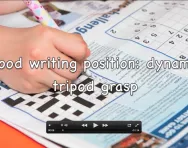
The dynamic tripod grasp is the ideal hand position for handwriting. Occupational Paediatric Therapist Catherine Elsey from the National Handwriting Association explains why and highlights good handwriting practices.
What is the dynamic tripod grasp?
The dynamic tripod grasp is considered to be the best way for children (and adults) to hold their pencil. This helps your child to control their pencil properly, making their writing neater, faster and more fluid, and to write without pain. Pencil grasp evolves gradually as your child grows, but most children have mastered the dynamic tripod grasp by the time they're six to seven years old.
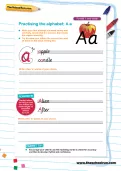
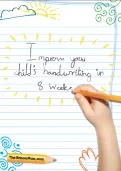
Improve handwriting in 10 minutes a day
- Step-by-step handwriting guide
- Over 200 worksheets
- From patterning to cursive
In the dynamic tripod grasp:
- Your child pinches the pencil between their thumb, forefinger and middle finger, with the middle finger behind the pencil shaft.
- The 'thumb web' - the circular space created by the thumb and forefinger, similar to the 'OK' sign - is round and open
- The ring finger and little finger are neatly tucked into the palm of the hand
- The wrist rests on the paper, below the writing line
Holding a pencil with the dynamic tripod grasp means the fingers holding the pencil can move separately from the rest of the hand.
This gives your child good pencil control and improves comfort. There are variants on the dynamic tripod grasp, and some children manage to write well with unconventional pencil grasps, but if the way your child holds the pencil is causing them pain or discomfort or seems to be having an effect on the speed or legibility of their writing, it's worth working on their grasp to help them master the dynamic tripod.
